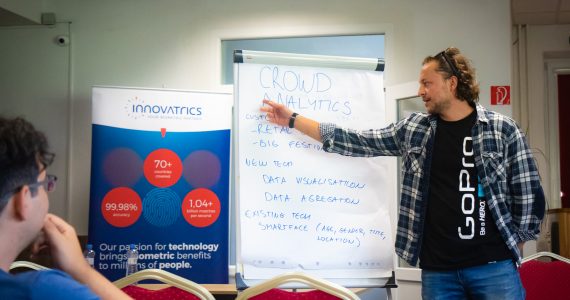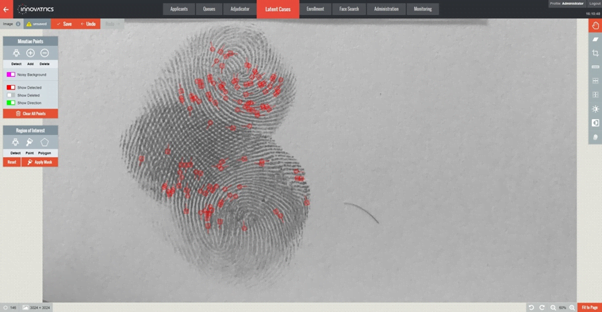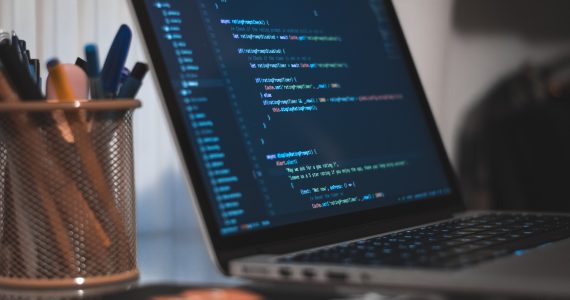
Discover the Broad Possibilies of Biometrics in Forensic Science
When it comes to solving crimes, fast and accurate methods have to be used. There is simply no room for errors. Fortunately, biometrics performs such tasks efficiently. Curious what it can do and how it can help the police?
If a crime is committed, a forensic team normally enters the scene and collects all possible evidence, including fingerprints or shoeprints, biological material, and DNA. Combining these evidences and the testimonies of possible witnesses, they can subsequently search for the suspect.
Sadly, this is time-consuming, and the perpetrators, more often than not, try to destroy the evidence. Therefore, forensic science sees the future of solving crimes in biometrics. It’s fast and accurate compared to other methods of analysis.
What can be detected by biometrics?
Biometrics analyses physical and behavioural characteristics. What this means is that the perpetrator can be convicted not only the basis of a fingerprint, handprint or face geometry, but also due to voice, signature, or gait. A separate issue is identification based on an individual’s iris, which is currently becoming popular as a security mechanism for entering protected buildings.
How is work with biometric data conducted?
The most important thing is the collection of data. At first, fingerprints are obtained by experts when they investigate using an optical sensor.
Afterwards, the scanned fingerprint is enhanced by an algorithm and its quality is improved. From the obtained data, the basic characteristics of the given fingerprint are extracted, and these are compared against the database.
The entire comparison process takes about half an hour, resulting in a numerical value of a possible match. This newly obtained fingerprint is then stored in the database.
In standard practice, fingerprints are still the most important
Today, biometrics finds its broadest application in the analysis of fingerprints. It works quickly and reliably, and eliminates human factor failure during the investigation. In other words, biometrics takes note of everything. It cannot get tired or careless. To top it off, it can analyse huge amounts of data in a short time.
The future of investigation is in facial biometrics
Facial biometrics is considered the future of security systems and one of the most important ways to combat crime. According to forecasts, it has even greater promise in investigations rather than fingerprints. The European INTERPOL has been using it since 2016.
Facial biometrics is important in investigations especially when the perpetrator leaves no trace of fingerprints. This applies in particular to theft from ATMs and hooliganism.
Other promising areas
In addition to faces and fingerprints, biometrics also helps in examining and comparing found DNA or other types of prints. For example, the Federal Bureau of Investigation (FBI) currently has a database of palm prints, which are found at crime scenes in almost every third case.
Analysis of fingerprints or palm prints can also be carried out using our forensic module, which is part of the biometric information system, Innovatrics ABIS.

Join our team and work with us on innovative solutions and interesting biometrics projects.
